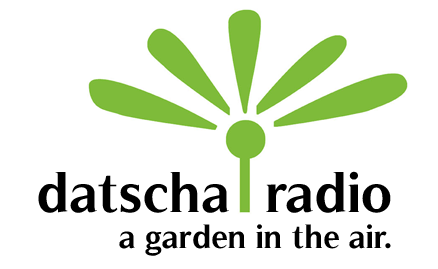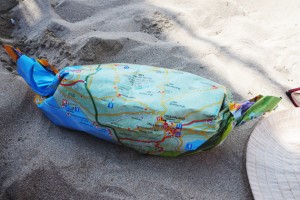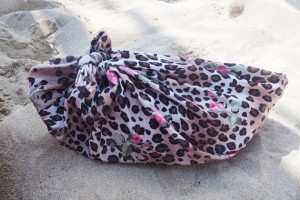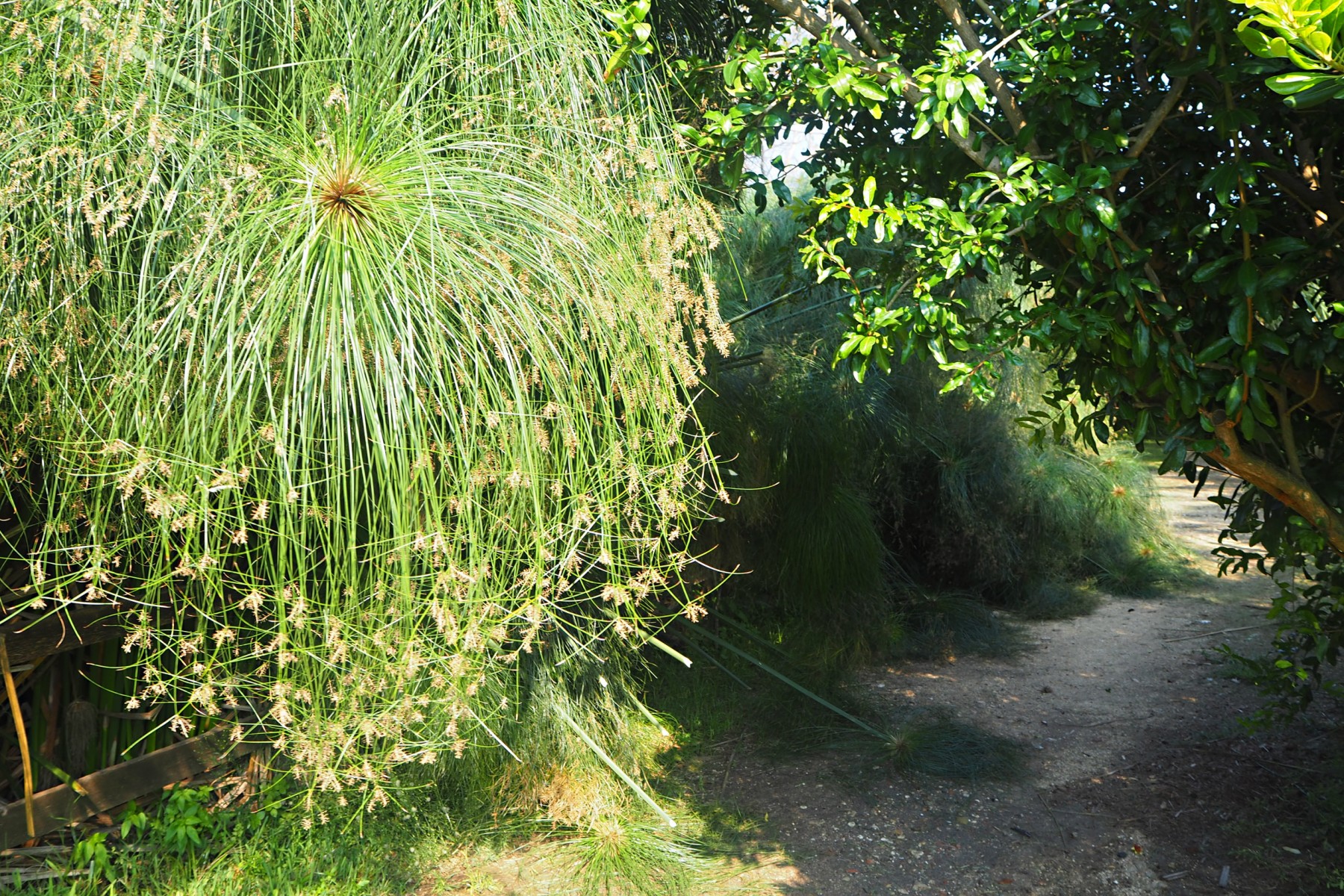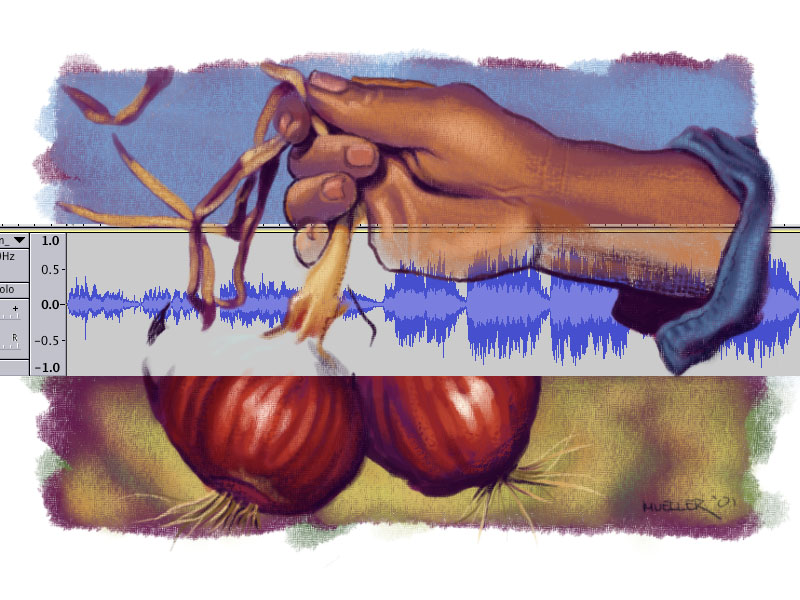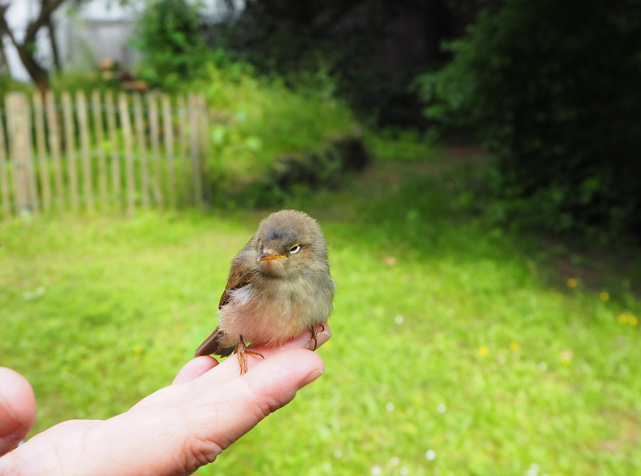
A young chiffchaff fell from its nest and will soon return to his temporary cardboard box home: A visit to the National Ornithological Station, Hessia, Enkheim, Frankfort.
In a very interesting talk the director of the station, Dr. Martin Hormann, told interesting stories about the wood pidgeon’s “slovenly built nests”, the polygamous habits of the wren and the jay bird’s relevance for the endurance of oak forests. One of my favourites though was the shitty tactics of male fieldfares in combat with magpies: A true alternative to consider now as the cherries are ripening.
Moreover, some views of bird homes adapted to the needs of different kinds of birds in size and nesting habits. Details on this will possibly follow when I find the time…
Invalid Displayed Gallery
Read More